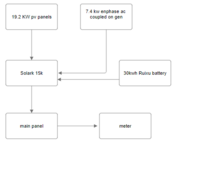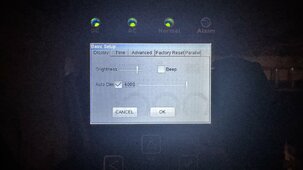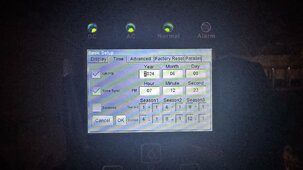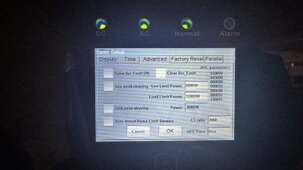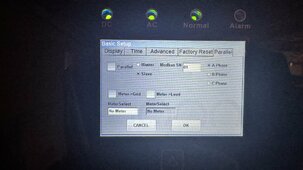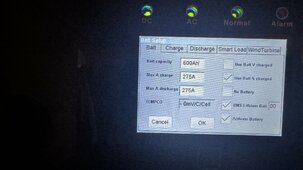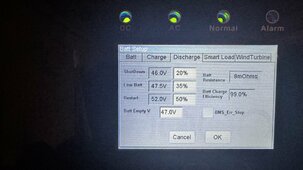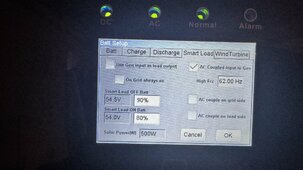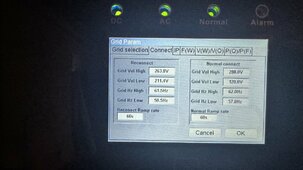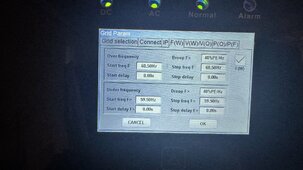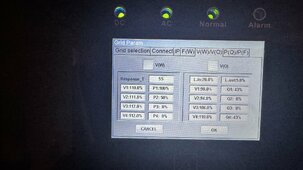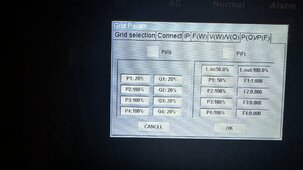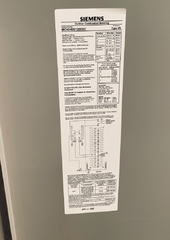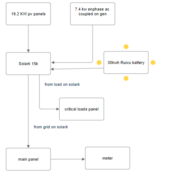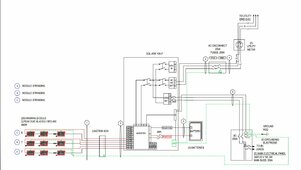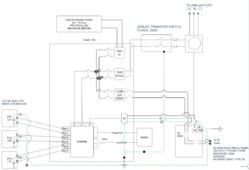Solark changed my settings to fix the issue with my batteries not powering the house in a grid down situation (allegedly have not been able to test this actually fixed it) but now the solark sees zero house power draw and wont use batteries at all for peak power load management. the settings the changed were removing CTs (per solark tech support) and changing from limited power to home to limited power to limited power to load. my system is 19 kw of PV to the solark DC and 7.4kw ac coupled. I do not use the load connections only the grid. I am guessing the CS rep at solark either completely misunderstood how my system is installed or something got unchecked when they remotely redid the settings. I tried reverting the changes and when I hooked up the CTs they gave a reading of -29kw back to grid so it was obviously not working correctly. it cost me over $50 in peak charges yesterday due to this situation and need to resolve asap. any sugestions would be appreciated before I reset everything and recommission the solark tonight to attempt to get the CTs to read correctly like they were prior to the solark tech making remote changes.
I have a single breaker panel (solar ready Siemens 200a main panel) CTs were functioning correctly prior to the change.
*moved from general my apologies
I have a single breaker panel (solar ready Siemens 200a main panel) CTs were functioning correctly prior to the change.
*moved from general my apologies



